About the Album
Byzantine Chant is among the most ancient forms of Christian hymnody. In the Eastern Orthodox Church, all worship services primarily consist of chant and choral singing. During Great Lent, no sacred music is more poignant or powerful than the three distinct Byzantine melodies used in this version of the Lamentations. It is said that the angels praise God through song. This album seeks to emulate the angels and encourages listeners to reach with heart, mind, and voice to glorify the Creator—Father, Son, and Holy Spirit.

Below are two reviews, which speak to the prayerful nature of this music album as it presents the “Lamentations” Holy Week service. You can also sample the music with the linked 30-second sound clips for each of the 3 stases. Our physical CDs have unfortunately sold out, but you can still purchase the digital album (MP3) through the Amazon link below, for $8.99.
We hope you will enjoy this sampling of beautiful chant and heartfelt prayer.
Song Clips
30-second clips of each stasis can be heard below.
- Stasis 1: Christ is crucified and laid in the tomb.
Stasis-1-Clip - Stasis 2: The earth trembles in travail at the sacrifice of the Creator of life.
Stasis-2-Clip - Stasis 3: In His death lies the hope of the Resurrection.
Stasis-3-Clip
For more information contact:
Matushka Deborah Tomasi, Bookstore Manager
Archangel Michael Orthodox Bookstore
Mission of “Joy of All Who Sorrow” (OCA)
joyofallwhosorrow.org
Culver City, CA
310-849-9451 (cell)
Reviews
REVIEW by Vlad Morosan, Musica Russica
This CD presents, very simply, the complete three sections or “stases” of the Lamentations (also known as “Praises” or “Encomia” in some Orthodox traditions) sung at the Matins of Great and Holy Saturday, the Funeral Service for the Lord Jesus Christ. The verses are chanted to the traditional Byzantine melodies by a single soprano voice of pure quality over an ison generated from sampled voices, in alternation with verses from the full Psalm 118, chanted by the priest. The English translation used is that of Holy Transfiguration Monastery. A beautiful, serene rhythm emerges out of this alternation between the longest Psalm (176 verses) and the New Testament poetry, attributed by some sources to St. Romanos the Melodist (6th century), but which probably predates him. It is a fact that in many Orthodox parishes today the Lamentations are severely abbreviated–either by omitting the psalm verses, or curtailing the number of Lamentations, or both. This CD allows us to experience, perhaps for the first time, the full “liturgical unit”–about 1 hour and 15 minutes altogether–this ultimate outpouring of human grief and praise to Christ’s entombment, as it was conceived and prayed for centuries by the Orthodox Church.
REVIEW by Ben Williams, Liturgica.com
This is an extraordinary recording for two reasons. First, it is the only recording of the complete Lamentations sung during the Matins service of the Lamentations of Holy and Great Saturday, and it is in English to boot! What most people know of the service, even Eastern rite Christians who regularly attend all Holy Week services, is a few stanzas of each Stasis sung on Friday night of Holy Week. So, the melodies of each Stasis, which are beautiful and unique, are well known, but most of the content of the service is not. Second, this is a wonderful performance: it includes a very balanced ensemble of singers supporting a father/daughter duo: Fr. John Tomasi taking the role of Cantor, and his daughter Lydia Tomasi-Given singing soprano solo. The female soprano voice is superb, lending a wonderful counterpoint to the male cantor role, and resulting in a musical presentation that is simultaneously spiritual and meditative, as well as musically engaging and uplifting. The presentation captures the traditional Byzantine renditions of the stases’ melodies, and presents the joyful sorrow that so characterizes the hymns and services of Holy Week. Whether you listen to it as a devotional, meditative or musical experience, it is superb and a worthy addition to any musical library. A meditative listening would do well to be accompanied by the entire text published by Holy Transfiguration Monastery.


